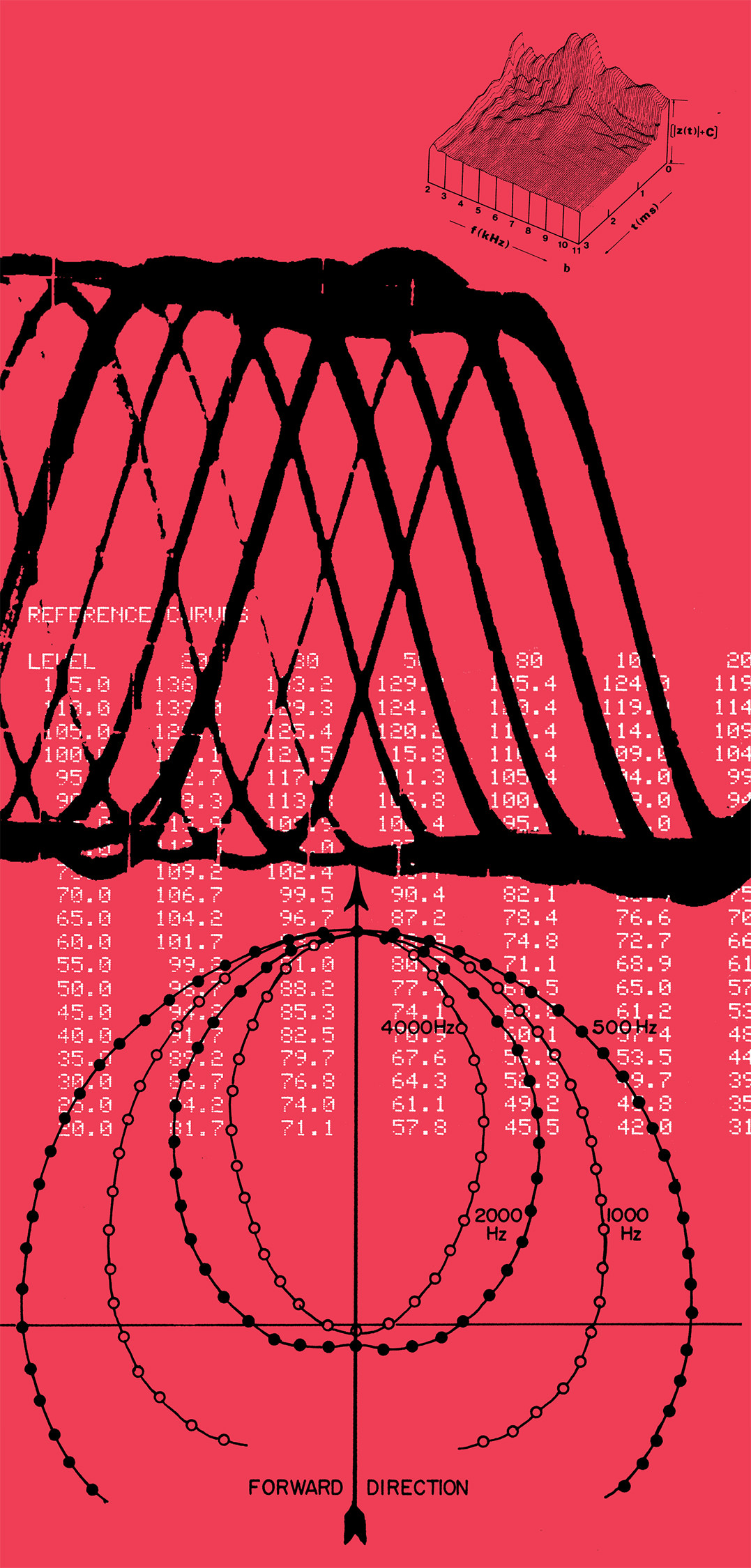The original Cloud Microphones CL-1 Mic Activator [Tape Op #85] has been an indispensable tool for me ever since I first discovered it (ironically enough, through a Tape Op review). The Cloudlifter CL-Z is basically a CL-1 on steroids, and it solves the one and only tiny gripe I had with the original.
I'm a big fan of passive microphones. I really love how my ribbons and dynamics sound, and the CL-1 allows me to get away with using them on quiet voices and instruments where it just wasn't possible before (like a quiet singer with a Shure SM7 [#36] into an Avid Mbox [#81]). The only drawback I ever notice with the CL-1 is the fixed input impedance. I love how passive mics can change their tone based on which preamp I choose, and lot of that is due to the differing input impedances of the preamps. Now, if I'm being honest, most of the time, the tone of the CL-1 feels just right, but that's not always enough for me. Thankfully, the CL-Z gives me these options back with even more flexibility to boot!
The main feature of the CL-Z is a great big "Z" knob that lets you adjust its input impedance from 150 Ω up to 15 kΩ — that's like night and day — and everything in between. There's also a gain switch with two settings — standard (up to 25 dB boost, depending on the load presented by the downstream mic preamp, just like the CL-1) and more modest (up to 12 dB boost). Considering how great the Z knob is, the lower boost setting actually allows this box to be used in even more situations, like a ribbon mic on a loud guitar amp. There's also a slightly complicated high-pass filter. It's marketed as "sweep- able" by adjusting the Z knob, because its frequency is dependent on the impedances of the mic and the Z circuit. The HPF certainly does add more possibilities, but since that one knob is effectively dual function now, you can't really use it the same way as a typical filter. In practice, I like to run a short cable from my mic to the Cloudlifter, and then another from there to the wall panel (or my preamp). In the studio, this always means that the Cloudlifter is in the room with the performer and not where I can physically reach the box to adjust the setting. So it becomes a team effort with an intern or the client turning the knob slowly while singing (or playing their instrument). I sit in- between my speakers, and while listening, give instructions into the talkback. Turning the Z knob to the left gives a darker tone, while turning to the right feels like opening up the top end. There's usually some sweet spot (often around 1 or 2 o'clock), but depending on where I want this source to sit in the mix, I may go darker or brighter (to taste). The effect is different than EQ, but when you dial it just right (which is easy to do), it's like hearing your mic exactly the way it was meant to sound!
I'm not about to sell my CL-1 units, but I can't imagine doing any future sessions without at least one of these CL-Z boxes around. Plus, they're built tough here in the USA!




_disp_horizontal_bw.jpg)